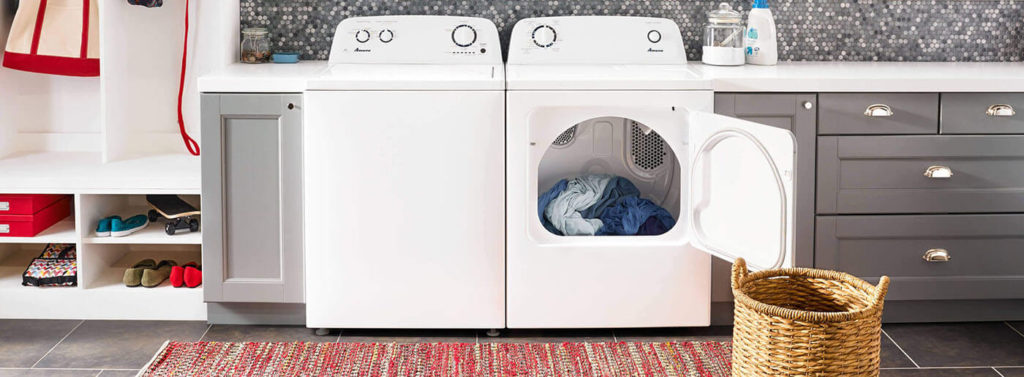Without a doubt, the dishwasher is one of the busiest kitchen appliances. Most of us load our dishwashers every day without giving it much thought.
Sometimes, the last thing you want to think about is how to properly load a dishwasher. But for the appliance to perform at its best, that’s the most sensible course of action.
In this guide, we’ll go over the best approach to stacking dishes in your dishwasher, along with some useful tips you might want to consider.
Guidelines for Properly Loading a Dishwasher
A good way to look at your dishwasher is to compare it to a sprinkler in a yard. Dishwashers have washer jets that are located on rotating spray arms just under the bottom rack.
This is one of the most important things to keep in mind when loading dishes. The whole idea is to place dishes at an angle that promotes efficient cleaning and drying.
Another crucial consideration in determining how to load a dishwasher is to make sure the dishes aren’t overcrowding each other.
If they are, the water jets won’t be able to reach every spot that needs cleaning. Also, if the dishes are too close together, they could knock against one another and possibly break.
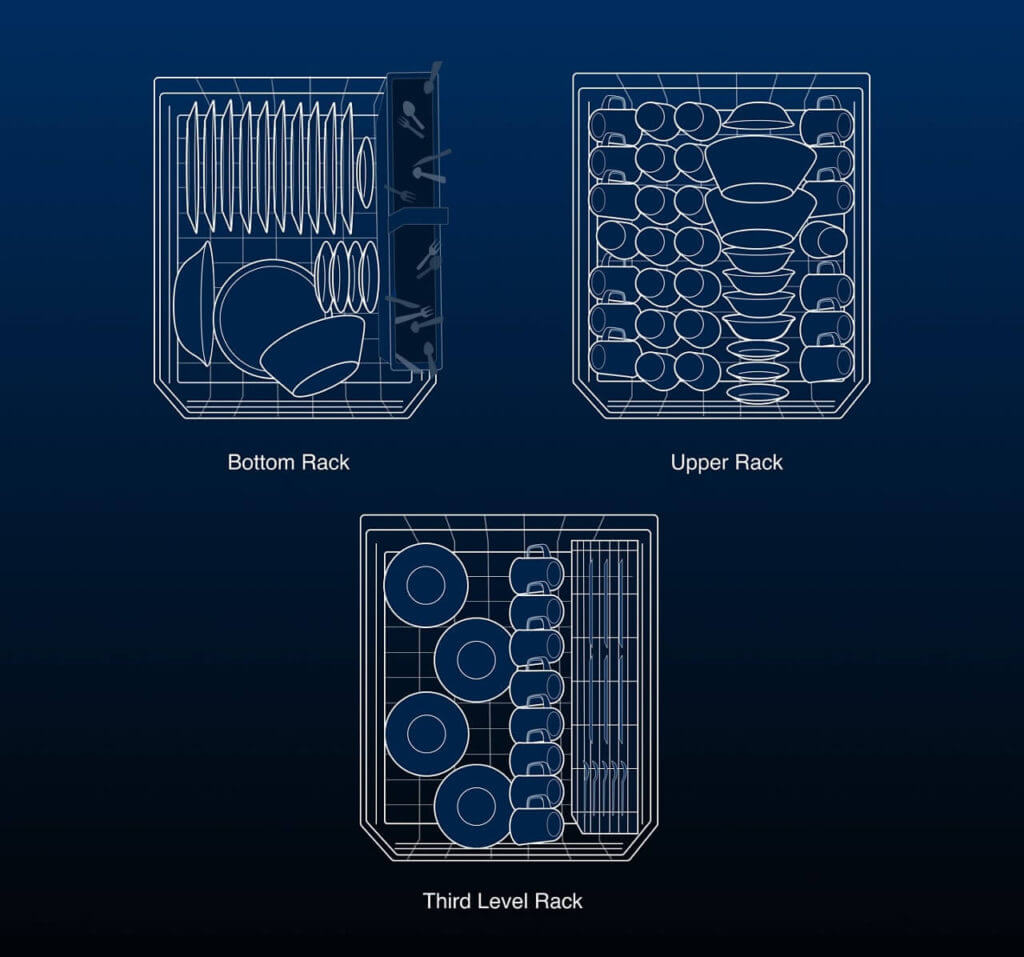
How to Load a Dishwasher Step-by-Step
Now that you know all the basic guidelines, we can move on to the step-by-step instructions.
Load the Upper Rack of Your Dishwasher
Before you start loading your dishwasher, consider checking the owner’s manual just in case that, for your model, there are specific recommendations on the best way to load a dishwasher.
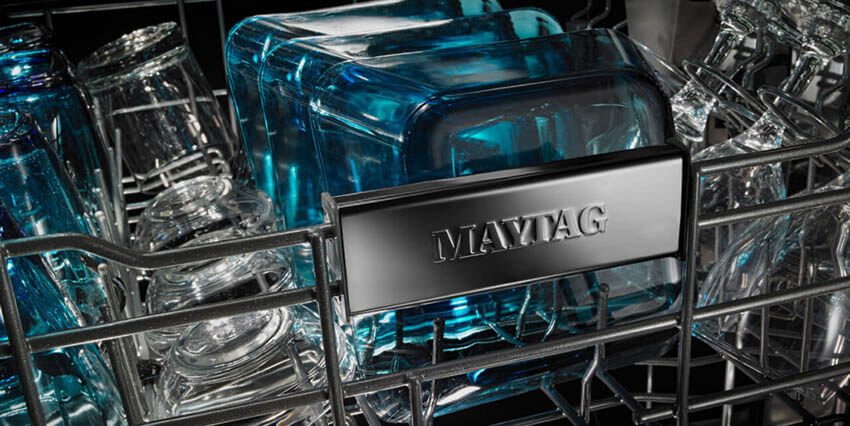
In general, the upper or top rack is the starting point. This is where the glasses, cups, mugs, small bowls, and similar items are invariably placed. Avoid locating glass items on the tines as that will likely result in stains after washing and drying. Instead, sit them beside the tines and at a slight angle.
Once again, remember that keeping them too close together might result in accidental knocking. Bowls can go over the tines but ensure that they’re placed at an angle and not directly over one another. Also, it’s essential that dishwasher-safe plastic items go on the top rack, which is further away from the heating elements compared to the bottom rack.

Load the Lower Rack of Your Dishwasher
The lower or bottom rack is where you put your plates, pans, salad bowls, and other larger items, which include dishwasher-safe cutting boards and platters. The biggest items are best placed on the sides of the lower rack.
This is to prevent them from blocking the water jets. The dirtiest dishes will typically be placed face down and closest to the bottom spray arms.
Third Level Rack
Many modern dishwashers come with a built-in third level rack designed to replace the traditional cutlery and silverware basket for efficient use of space.
If there is one, the third rack is a sliding tray usually located at the top of the upper rack, though some models may allow adjustment to your preference. It’s a space-saver and an efficient way of washing silverware and cutlery in the dishwasher.
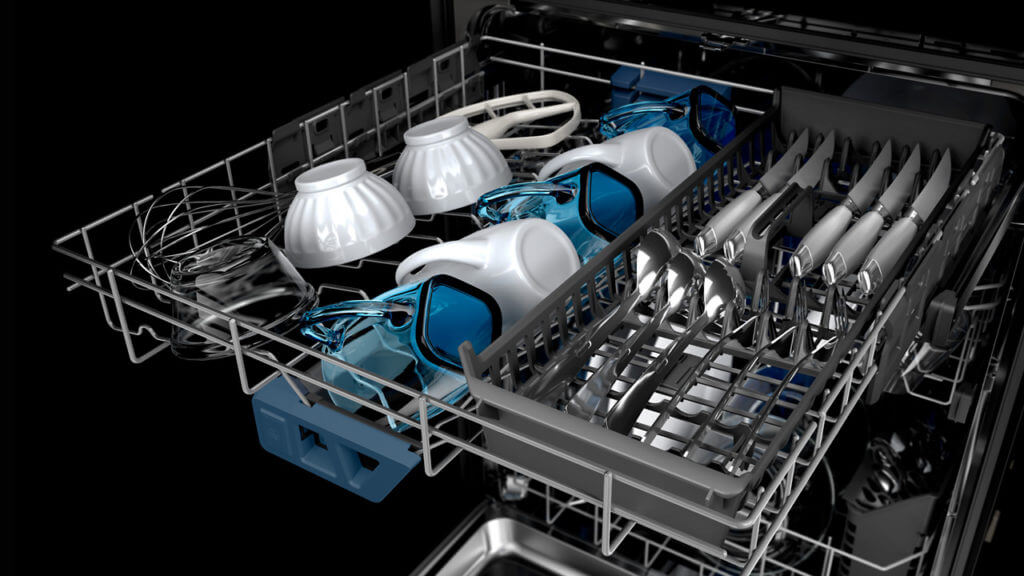
But for those who don’t have the third level rack, here’s what to keep in mind when loading cutlery:
- Knives are better placed with blades facing down for safety.
- Forks and spoons are best placed in different directions to prevent nesting.
- Avoid putting wooden spatulas in the dishwasher.
Tips for Unloading a Dishwasher
You might have successfully figured out the best way to load a dishwasher, but that’s only half the process.
When your dishwasher is done, and you’ve let the dishes cool down a bit, it’s time to unload everything. Just like there’s a correct way to load the dishwasher, there’s a recommended way to unload it too.
Create a System
If you know where everything goes in the kitchen, it becomes easier to tackle the task of unloading the dishwasher. Strategize as to which cupboards and drawers to access first according to how your dishes are loaded. Having a system can expedite the unloading time immensely.
Start With the Lower Rack
It might be a bit counterintuitive to start with the bottom rack, but you’ll see that it makes more sense. If you unload the top shelf first, you risk getting all the plates and larger dishes wet.
The lighter items on the top rack are likely to flip over during washing and end up getting filled with water, which could spill down to your dry plates if you attempt to remove them first.
By starting with the lower rack, this risk is negated, as there’s nothing on the bottom for you to wet. However, if this simply doesn’t fit with your system, you’ve just got to be extra careful in keeping your dishes dry, which is more than doable.
Sort as You Unload
Even if you don’t have an elaborate system of unloading the dishwasher, there is one tip that will save you a lot of time and effort. And that’s sorting the dishes as you unload the dishwasher.
Just as people often place similar items close together when loading the dishwasher, grouping them as they are removed might make a lot of sense to you. This means keeping the cutlery together and the plastic containers to the side before you put them away.
Use a Mesh Bag
This tip makes the unloading of your dishwasher so much easier, but it requires a little more effort when loading the dishwasher. Putting plastic water bottles, dog toys, kids’ toys, and similar small items in a mesh bag first will prevent them from flying around the dishwasher and probably reduce noise too.
Becoming the Dishwasher Master
If you’re not happy with your current loading and unloading system, worry not. There’s always room for improvement when it comes to how to properly load a dishwasher. Little adjustments here and there will add up and before you know it, your dishwasher routine is flawless.
Also, keep in mind that cleaning your dishwasher filter regularly will help keep the dishwasher performing at its best. You can learn how to clean your dishwasher filter here. If you’re not using tablets or capsules, you don’t need to use too much dishwashing detergent either. And keep in mind that your dishwasher uses water jets and that placing the dishes at an angle is crucial.
Dishes still not sparkling?
If you’ve tried out our tips and are still not seeing results, it might be time for a new dishwasher. Don’t know where to start or what features you want? We can help.
Looking to buy a new dishwasher?
Our guide will assist you in choosing an ideal dishwasher for your home.
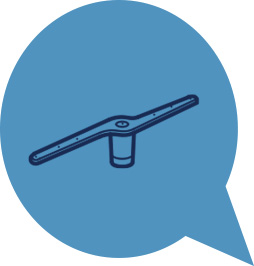
Wash Cycles
Look for a wide range of washing cycles to fit all types of dishes you may have.
Racks
Removable or adjustable racks offer extra loading convenience.
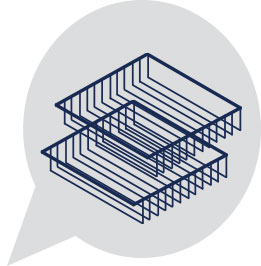

Sensors
Sensors can adjust the cycle time depending on the load and how dirty the dishes are.
Delay option
Set the dishwasher to run later, like when you’re sleeping or out of the home.


Wi-Fi
Control your dishwasher remotely using an app.
Check out our Appliance Finder
Our Appliance Finder is a fun quiz that will help you find everything you need to know to choose the right dishwasher for you. Try it now!



